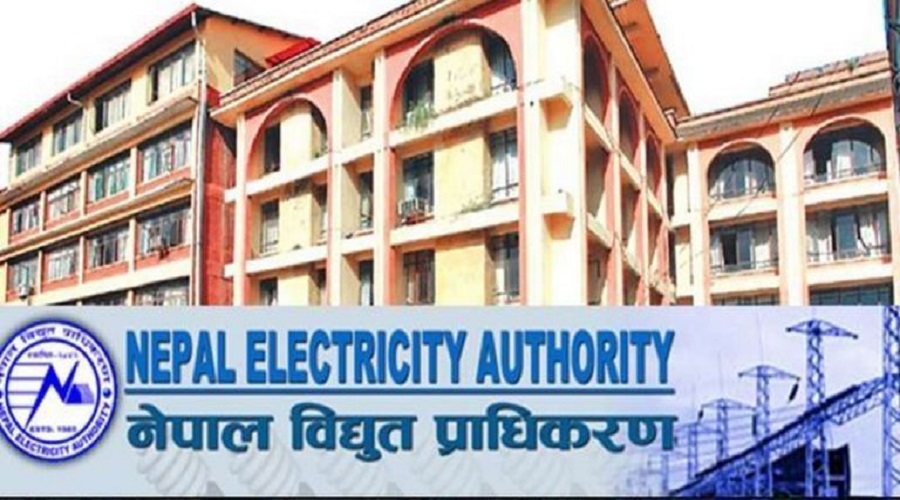KATHMANDU: The demand for electricity has increased significantly in the recent days owing to the steps taken to increase electricity consumption and falling mercury.
According to the Nepal Electricity Authority (NEA), the peak demand for electricity has increased by 300 MW on average this year as compared to last year.
Work is being done accordingly with the policy of increasing the use of electric and electronic equipment and supplying the required amount of electricity to the industries to increase the consumption as the electricity generated domestically has not been consumed properly.
The consumption is increasing on a daily basis due to the increase in the use of electric stoves, air conditioners and other household appliances.
The increase in the use of electric vehicles and the provision of sufficient electricity to large industries is also contributing to the rise in power consumption in recent days.
The demand has also increased as the NEA has provided 30 MW of electricity to Hongshi Cement Industry since the end of October, said the NEA.
Demand for electricity is increasing in both capacity (MW) and energy (units).
On December 13, the demand for electricity in the system was 1,539 MW. This is 322 MW more than the demand of 1,217 MW on the same day last year. On this basis, peak demand for electricity has increased by 26.5 per cent compared to the same day last year.
In order to meet the peak demand in the system, 540 MW was supplied from NEA’s power houses, 529 MW from NEA’s subsidiary power houses, 425 MW from private sector power houses and 25 MW imported from India, said NEA.
On the same day, about 4 MW of electricity was also exported to India during peak hours. The demand for electricity has also soared in the Kathmandu Valley and the surrounding areas. The maximum demand for electricity in the Kathmandu Valley has increased by an average of 90 MW. The peak demand in the Kathmandu Valley, which was 293 MW last year, has reached 382 MW this year.
Based on the demand for energy, the electricity consumption was 27.2 million units on December 13. This consumption is 6.1 million units more. Last year, the demand was 21.1 million units.
Energy consumption is 28.65 per cent higher than last year.
Kul Man Ghising, managing director of NEA, said that the increase in peak demand by 30 per cent this year as compared to last year was a great achievement.
“Use of induction stoves and air conditioners in homes is increasing, the use of electric vehicles is also increasing, charging stations are expanding, and the demand for loads is increasing in an effort to provide adequate electricity to the industrial sector,” he said.
“If the demand for electricity increases as it is now, it is expected to reach 2,000 MW by the end of the current fiscal year. 2021/22.”

